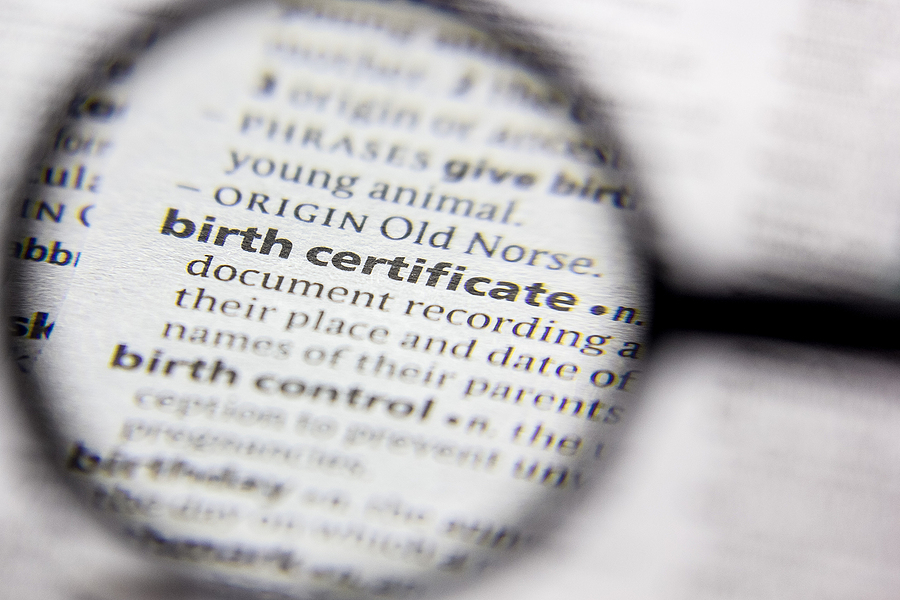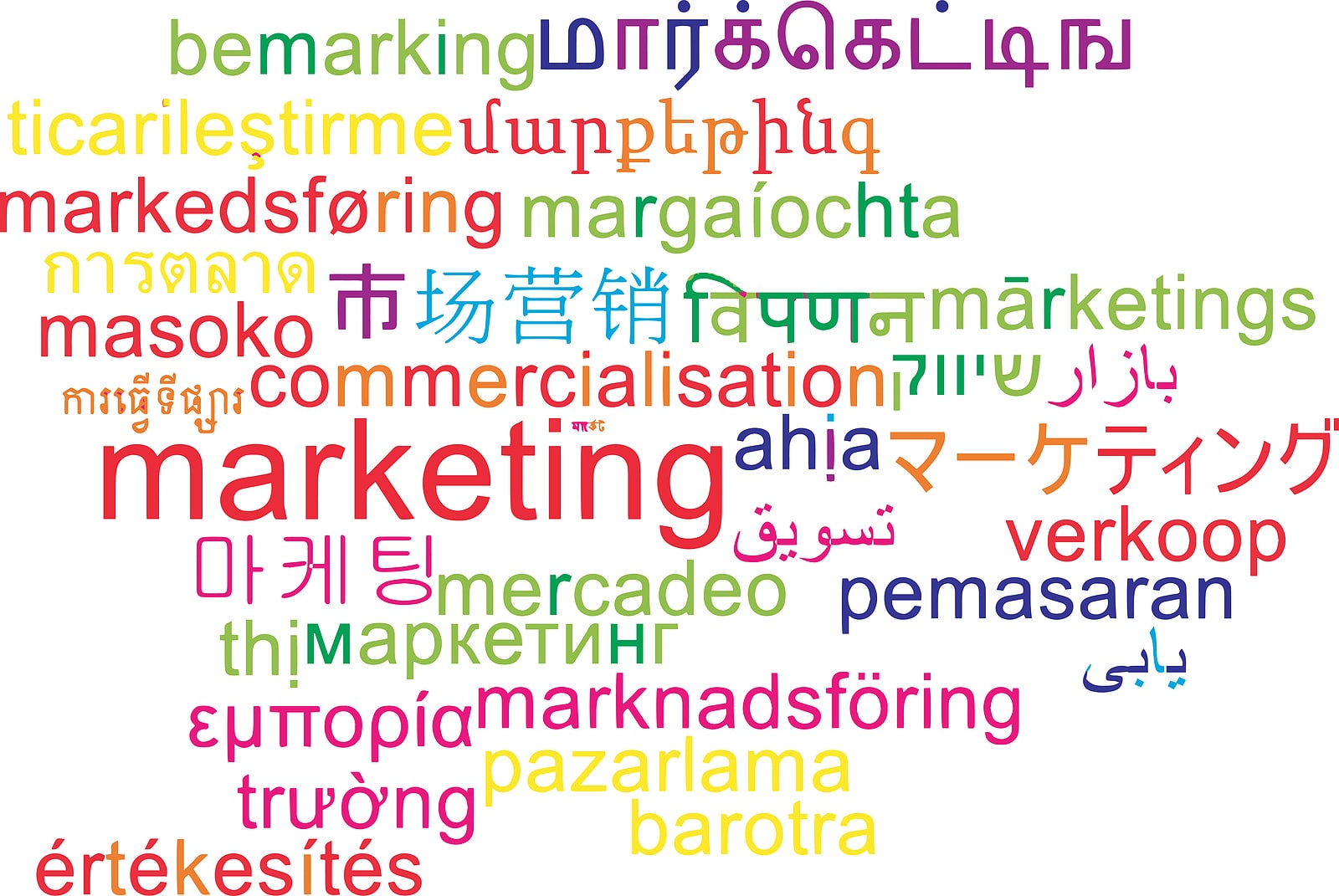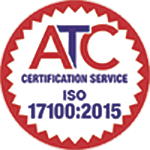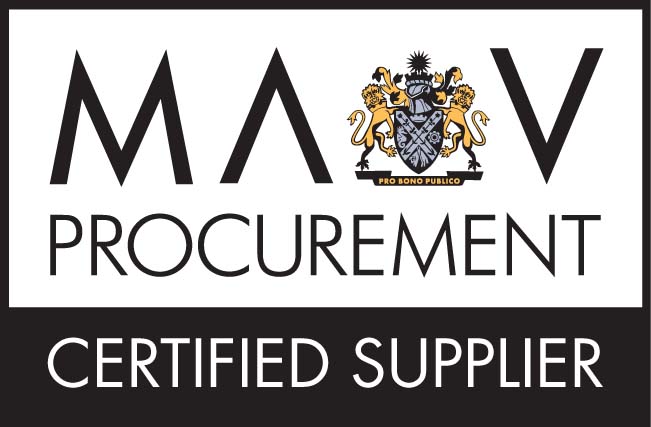Quick Quote
Archives
- November 2023
- October 2023
- September 2023
- August 2023
- July 2023
- June 2023
- May 2023
- April 2023
- March 2023
- February 2023
- January 2023
- December 2022
- November 2022
- October 2022
- September 2022
- August 2022
- July 2022
- June 2022
- May 2022
- April 2022
- March 2022
- February 2022
- January 2022
- December 2021
- November 2021
- October 2021
- September 2021
- July 2021
- June 2021
- April 2021
- March 2021
- February 2021
- December 2020
- October 2020
- August 2020
- July 2020
- June 2020
- May 2020
- April 2020
- March 2020
- February 2020
- January 2020
- November 2019
- October 2019
- September 2019
- August 2019
- July 2019
- June 2019
- May 2019
- April 2019
- March 2019
- February 2019
- January 2019
- December 2018
- November 2018
- October 2018
- September 2018
- August 2018
- July 2018
- June 2018
- May 2018
- April 2018
- March 2018
- February 2018
- January 2018
- December 2017
- November 2017
- October 2017
- September 2017
- August 2017
- July 2017
- June 2017
- May 2017
- April 2017
- March 2017
- February 2017
- January 2017
- December 2016
- November 2016
- October 2016
- September 2016
- August 2016
- July 2016
- June 2016
- May 2016
- April 2016
- March 2016
- February 2016
- January 2016
- December 2015
- November 2015
- October 2015
- September 2015
- August 2015
- July 2015
- June 2015
- May 2015
- April 2015
- March 2015
- February 2015
- January 2015
- December 2014
- November 2014
- October 2014
- August 2014
- July 2014
- June 2014
Different Types of Medical Translations
Australia is a multicultural country with a high percentage of the population whose first language is not English. Many people arrive in Australia who speak no English language at all and even 1st Nation Australians often speak a different language at home. These facts make it even more important that medical information is translated into the languages of those who are expected to have access to the information. There are several types of medical translations that are in demand every day. The first is healthcare translation when a professional translator is used to communicate between a healthcare professional and a patient who does not speak the language of the healthcare professional. A specialized healthcare translator is trained to handle the demanding situations that occur in a healthcare environment and can translate any type of medical document such as a patient’s medical record which they have brought from their native country and is written in their native language. The second is medical translation when an experienced medical translator has the knowledge to translate anything that is medically related to a patient. This is not only communication between the patient and the translator but also anything that is linked to medical services too. This can help the patient with limited English to access key medical services. The third is a pharmaceutical translation which involves the translating of labels, instructions, directions of use on medicine boxes and bottles and also includes translating the consent form for patients just about to undertake an operation. Even a small error can potentially end up in an accident, an overdose, or even a lawsuit if somebody failed to understand what they have consented to before surgery takes place or fails to take medicine as prescribed. The fifth is a prescription translation which is similar to a pharmaceutical translation as a prescription has to be perfectly translated so that the patients know when to take the medicine prescribed to them and the possible side effects. The sixth is clinical translation, which involves the translations of clinical trials and other medical projects. Some of these trials take years to complete and health providers have to know the results of these trials if they wish to get drugs and other medical devices approved for use by their patients. There is a large amount of documentation that often needs translations including thousands of different drug ingredients, notes, labs, and clinical documents that have been involved in the trials. Just one simple error in translation could erase many years of time and energy. The research behind all clinical trials is big and all evidence and documentation of a medical trial must be perfect before it passes the trials and ends up in the market. It is important to get such documents translated correctly by high skilled translators. There is a wide variety of medical documents that often need translating, both print and electronic. Whether you are responsible for running a hospital or health centre, a medical research team or a drug company you will often need to communicate with speakers of other languages apart from your own. Some examples are:









Leave a Reply